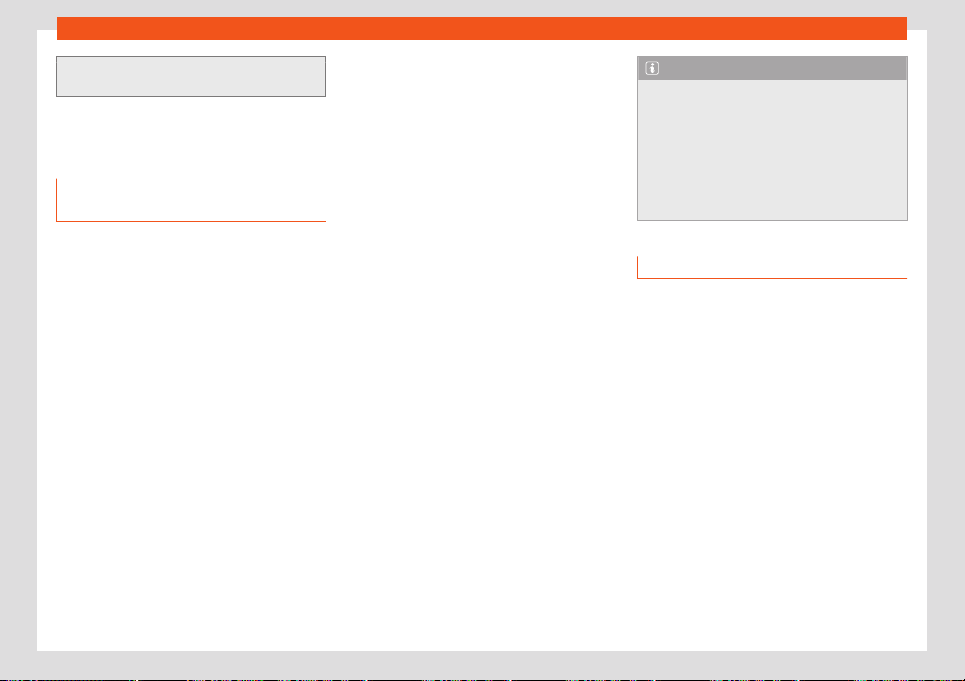Loading ...
Loading ...
Loading ...

Checking and refilling levels
disposed of appropriately and must not be
disposed of with ordinary household waste
.
Energy management
Optimisation of the starting ca-
pacity
The power management controls the distri-
bution of electrical energy and thus helps to
ensure that ther
e is always enough power
available to start the engine.
If a vehicle with a conventional electrical sys-
tem is left parked for a long time, the battery
will gradually lose its charge because certain
electrical devices, such as the electronic
gearbox lock continues to draw current even
when the ignition is off. In some cases there
may not be enough power available to start
the engine.
Your vehicle is equipped with an intelligent
power management system to control the
distribution of electrical energy. This signifi-
cantly improves reliability when starting the
engine, and also prolongs the useful life of the
battery.
The main functions incorporated in the power
management system are battery diagnosis,
residual current management and dynam-
ic power management.
Battery diagnosis
The battery diagnosis function constantly
registers the condition of the batt
ery. Sensors
detect the battery voltage, battery current
and battery temperature. This enables the
system to calculate the current power level
and charge condition of the battery.
Residual current management
The residual current management reduces
power consumption while the vehicle is
parked. It controls the supply of power to the
various electrical devices while the ignition is
switched off. The system takes the battery di-
agnosis data into consideration.
Depending on the power level of the battery,
switch off the individual electrical devices
one after the other to prevent the battery
from losing too much charge and to ensure
that the engine can be started reliably.
Dynamic power management
While the vehicle is moving, this function dis-
tributes the available power to the various
electrical devices and systems according to
their requirements. The power management
ensures that on-board systems do not con-
sume more electrical power than the alterna-
tor can supply, and thus maintains the maxi-
mum possible battery power level.
Note
●
Neither is the power management system
able t
o overcome the given physical limits.
Please remember that the power and use-
ful life of the battery are limited.
●
When there is a risk that the vehicle will
not start, the alternator power failure or
low battery charge level warning lamp will
be shown
›››
page 86.
Flat battery
Starting ability has first priority.
Short trips, cit
y tr
affic and l
o
w t
emperatures
all place a heavy load on the battery. In
these conditions a large amount of power is
consumed, but only a small amount is sup-
plied. The situation is also critical if electrical
devices are in use when the engine is not run-
ning. In this case power is consumed when
none is being generated.
In these situations you will be aware that the
power management system is intervening to
control the distribution of electrical power.
When the vehicle is parked for long peri-
ods
If you do not drive your vehicle for a period of
several days or weeks, the power manage-
ment will gradually shut off the electrical de-
vices one by one or reduce the amount of
»
355
Loading ...
Loading ...
Loading ...